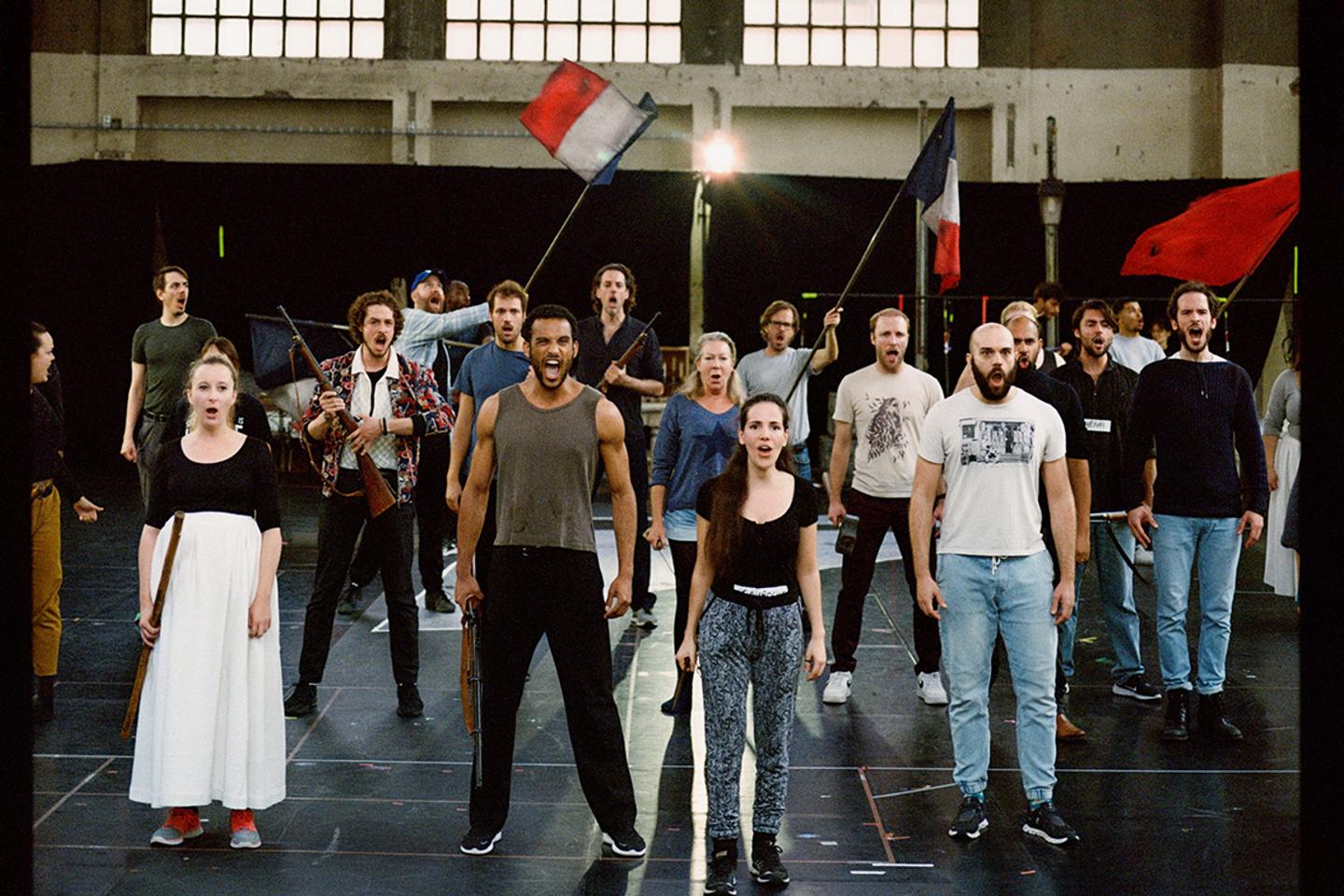Japan tries to adapt but suffers from service worker shortage – Technologist
Kyoto is growing weary of its own success. The onetime Japanese capital, famous for its treasures such as the Gold and Silver Pavilions and the Gion geisha district, is fed up with the flood of tourists and their behavior, which offends local sensibilities. As soon as you leave the station, where the Shinkansen high-speed trains run at (Japanese) subway speeds during rush hour, long lines form to catch buses to hotels and sightseeing spots. “Count on a 20-minute wait” for the 59 to the Golden Pavilion, said an elderly gentleman in uniform who is in charge of directing new arrivals. “Please do not force your way in. Wait for the next bus,” said the driver, wearing a white shirt and gloves, a blue cap and a majestic calm, before closing the doors of his crowded green bus.
Transportation is saturated. So are the tourist sites. Such is the case for the Kiyomizu-dera temple, with its vermilion pagoda and its vast terrace, which has a unique view of the city. To get there, you have to immerse yourself in the crowds that are taking up all the room in the narrow streets lined with stalls.
With 43 million visitors a year, including Japanese ones, Kyoto appears to be a veritable laboratory of overtourism – which some describe as kanko kogai, literally, “tourist pollution” – in an archipelago where the government sees tourism as, above all, an economic opportunity. “In order to support the growth of our regions, we want 60 million foreign tourists to visit Japan and tourism spending to reach 15,000 billion yen [€95 billion] by 2030,” proclaimed Prime Minister Fumio Kishida in his January policy speech. In 2023, Japan welcomed 25.1 million visitors, who spent 5,300 billion yen.
Heaps of garbage
While the exponential growth of tourism, currently fueled by the weakness of the yen, is appreciated by economists, it is disturbing to Japanese citizens who are sensitive to good behavior in the public sphere. Kyoto is suffering from nuisances such as heaps of garbage around the city’s all-too-rare garbage cans. “The problem was already serious during the [Covid-19] pandemic, but, in the last year or so, it’s gotten worse. It’s worst of all during the peak seasons, cherry blossoms and autumn leaves,” lamented Kamatama Udon, the pseudonym of a Tokyo resident, whose account on X discusses the excesses of local overtourism.
Isoichi Ota, the director of the Gion-Machi South District Council, also lamented “the deterioration in good manners since the pandemic.” The maiko [apprentice geisha] and geisha walking through the small streets lined with the wooden houses typical of this historic neighborhood are literally harassed by tourists who want to photograph them. Because tourists often chase them down narrow private alleyways like the charming Kosode Koji, the authorities put up signs on May 29 prohibiting tourists from entering these lanes. Offenders face a 10,000 yen fine. “There are no souvenir stores or restaurants in these private streets,” explained Ota, who believes that “the increase in the number of tourists only makes life impossible for the locals.”
You have 54.21% of this article left to read. The rest is for subscribers only.


